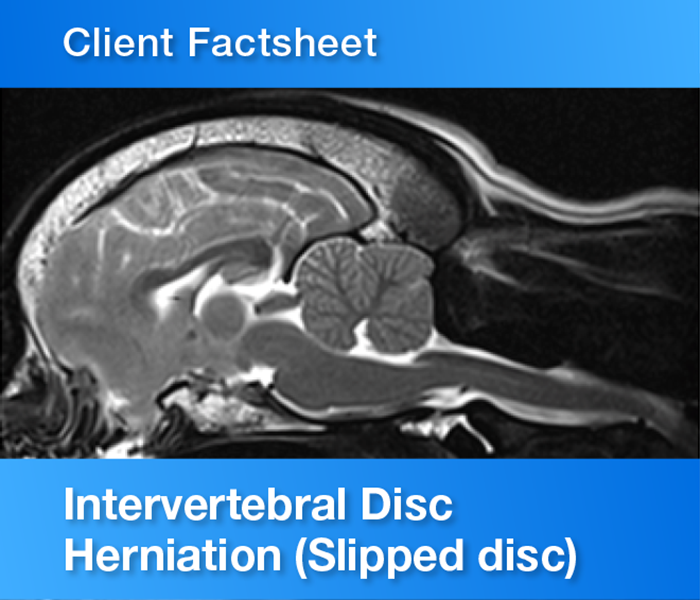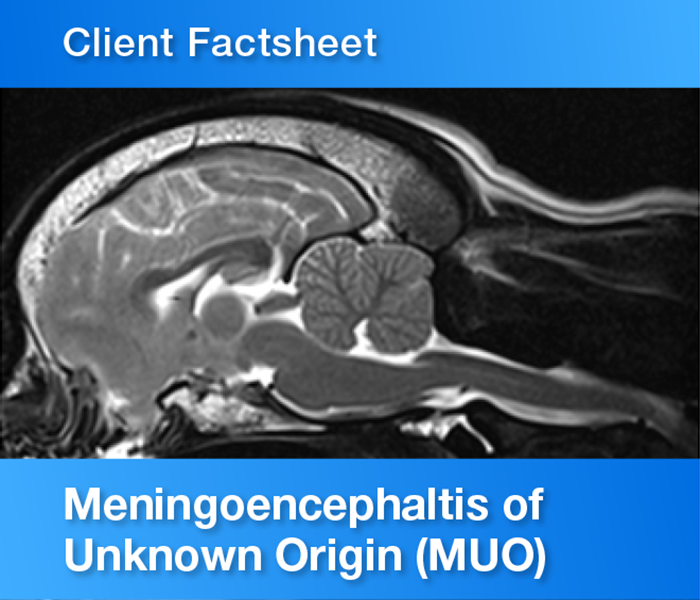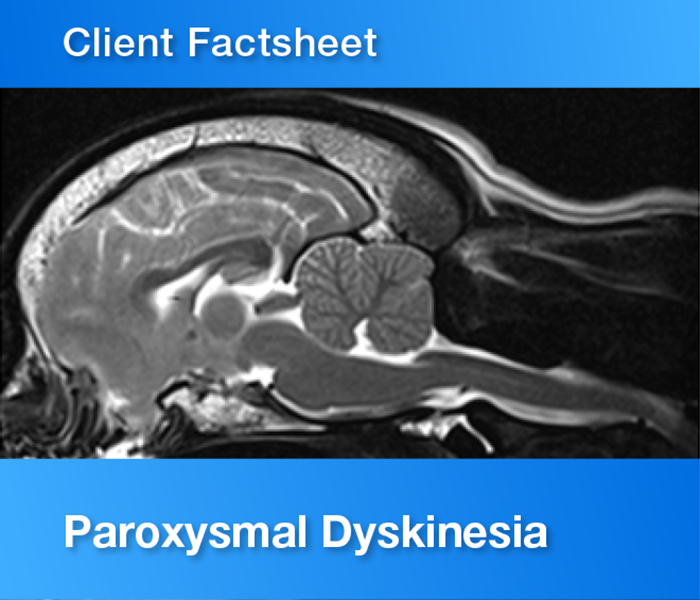The facial nerve is the nerve of facial expression. It commands muscles that close the eyelid, move the ears, retract the lips or open the nostril. Facial paralysis is quite common in dogs and cats, particularly in middle to old age. The term is simply the description of drooping of muscles in the face, which is caused, not by damage to the muscles themselves, but to the nerves supplying them.
How do I know if my pet has facial paralysis?
A dog or a cat with facial paralysis has a drooping appearance of the face on one side (a bit like a person that has suffered a stroke, however the underlying cause here is totally different). One ear is held lower than the other and the lip hangs down on the affected side. Affected dogs are unable to blink and have a tendency to dribble saliva and drop food from the side of the mouth. Occasionally, the same signs may be present on both sides of the face, which can make the changes difficult to recognise.
What causes facial paralysis?
Sudden development of facial paralysis is a common presentation of stroke in humans. However, in most cases, facial paralysis in dogs and cats is not associated with brain disease, but rather with direct damage to the nerve that controls the muscles in the face, known as the facial nerve. This nerve comes from the back of the brain to control the muscles of facial expression (ears, lips, eyelids and nostril).
The most common cause of facial nerve paralysis in dogs is idiopathic facial nerve paralysis, while in cats the most common cause is ear or throat polyps (abnormal tissue growths) or deep-seated ear infection. The term idiopathic means that there is no known cause. Therefore, in an idiopathic disease all the tests results will be normal. A similar condition is recognised in human medicine and is called Bell’s Palsy.
The second most common cause of facial nerve paralysis in dogs is a deep-seated infection of the ear (otitis media/interna). In this case, other signs such as Horner’s syndrome (decreased pupil size and third eyelid coming across the eye) and/or vestibular syndrome (head tilted to one side, and balance loss) are frequently seen in addition to facial paralysis.
How do you diagnose the cause of facial nerve paralysis?
Although idiopathic facial nerve paralysis is the most common form of this disease, at least in dogs, investigations may be required to rule out any other causes. This process of elimination may involve a thorough ear examination (if necessary performed under sedation or anaesthesia using a scope) to detect signs of ear infection (such as a ruptured eardrum or an inflamed ear canal). If this examination is normal, then the deeper parts of the ear and brain may be examined using CT or MRI scans. Unfortunately X-rays are often normal in cases of deep ear infection. In some cases, it may be necessary to take a sample of fluid from around the brain to check for signs of inflammation or the spread of an ear infection to the brain.
Can you treat facial paralysis and what is the prognosis?
Although the signs are often permanent (even when an underlying cause is identified and adequately treated) this will rarely have any significant effects on the animal’s quality of life. If there is no underlying cause of the nerve damage, the outlook is good. After a couple of weeks, the early signs (drooling of saliva, dropping of food and a floppy lip) are replaced by the ‘chronic’ signs. The droopy lip will start to contract so that it regains its normal size and shape – although the animal will remain unable to move their lip. On rare occasions, the other side of the face may also start drooping at a later date. Outlook for dogs with deep ear infection is more guarded as the infection can cause irreversible nerve damage and permanent paralysis.



